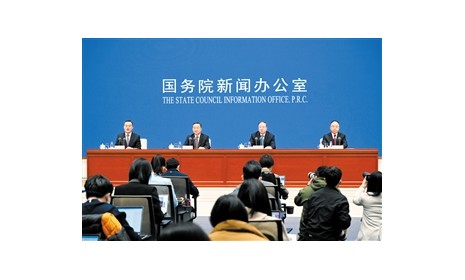据欧盟食品安全局(EFSA)消息,7月17日欧盟食品安全局公布了二氢辣椒素酯(dihydrocapsiate,DHC)作为新型食品配料的意见。
二氢辣椒素酯天然存在于辣椒以及甜辣椒中,可用于焙烤食品、饮料、糖果等一系列食品中。经评定,欧盟专家组认为,如果按照推荐的剂量摄取二氢辣椒素酯这种新型食品配料,那么它不会对人体健康产生影响。
原文报道如下:
Following a request from the European Commission, the EFSA Panel on Dietetic Products, Nutrition and Allergies (NDA) was asked to deliver a scientific opinion on the safety of a synthetic dihydrocapsiate (DHC) as a food ingredient in the context of Regulation (EC) No 258/97 taking into account the comments and objections of a scientific nature raised by Member States. Dihydrocapsiate belongs to a group known as capsinoids which have been shown to occur naturally in a number of chilli and sweet peppers.
The applicant intends to market DHC to food manufacturers as an ingredient for incorporation into foods of various categories at concentration levels varying from 8 to 2050 mg per kg. Considering the proposed uses the mean intake of synthetic DHC was estimated to be around 12 – 13 mg/day (8.1 mg/day for pre-school children); the 97.5th percentile intakes of adults and the elderly were estimated to be around 34 mg/day (18.5 mg/day for pre-school children)。 Calculations based on body weights resulted in the highest intakes being for pre-school children (mean: 0.6 mg/kg bw/day; 97.5th percentile: 1.3 mg/kg bw/day)。 The applicant has provided a range of toxicological studies with DHC.
The Panel concludes that it has no safety concerns regarding genotoxicity. Studies on developmental toxicity in rats and rabbits using commercial grade DHC did not show adverse effects on pregnant animals or on foetal growth and development. The no-observed adverse effect level (NOAEL) of three subchronic oral toxicity studies in rats was consistently at 300 mg DHC/kg bw/day. The Panel is of the opinion that the margin of safety (MOS) in relation to the NOAEL of 300 mg/kg bw/day is sufficient, including the highest estimated intake of 1.3 mg/kg bw/day for preschool children. The Panel concludes that the novel food ingredient, DHC, is safe under the proposed uses and use levels.
原文链接:http://www.efsa.europa.eu/en/efsajournal/doc/2812.pdf
日期:2012-07-19
















